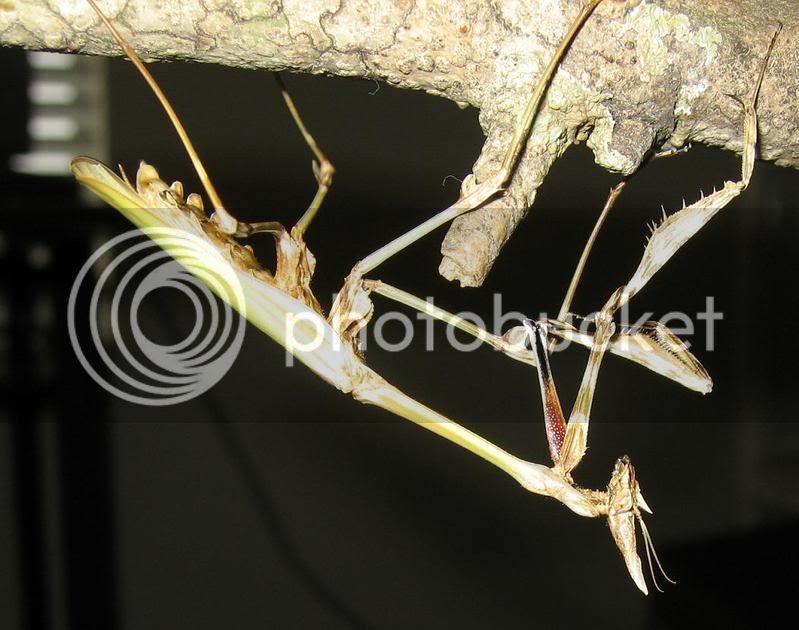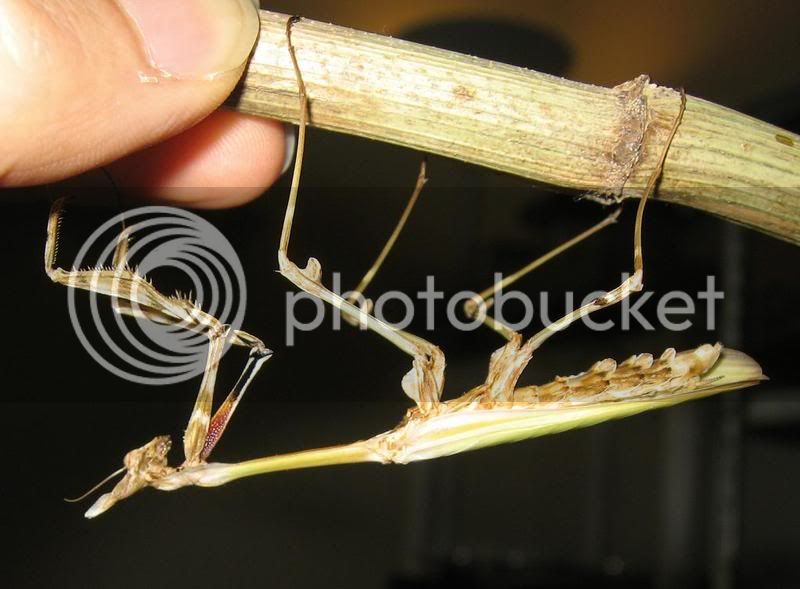Wow!I thought there were much more Mantids in Spain, for example: Rivetina, Pseudoyersinia and, of course, Apteromantis. But the document says there is only: Ameles, Mantis, Iris, Empusa and Perlamantis - is this possible?!
best regards, Felix
It's possible because that document is a taxonomic study of a municipality located in the province of Zaragoza, Aragon, Spain.
In Spain (with Canary Islands) »
Amorphoscelididae
Perlamantis alliberti Guerin-Meneville 1843
Empusidae
Empusa pennata (Thunberg 1815)
Empusa fasciata (Brullé, 1836)??
Blepharopsis mendica (Fabricius, 1775) only Canary I.
Hypsicorypha gracilis (Burmeister, 1838) only Canary I.
Mantidae
Ameles africana Bolivar 1914
Ameles assoi (Bolivar 1873)
Ameles decolor (Charpentier 1825)
Ameles picteti (Saussure, 1869)
Ameles spallanzania (Rossi 1792)
Ameles fracilis (Brullé, 1838) Only Canary I.
Ameles Limbata (Brullé, 1838)
Apteromantis aptera (Fuente 1894)
Geomantis larvoides Pantel 1896
Iris oratoria (Linnaeus 1758)
Mantis religiosa (Linnaeus 1758)
Pseudoyersinia paui (Bolivar 1898)
Pseudoyersinia canariensis Chopard 1942 only Canary I.
Pseudoyersinia betancuriae (Wiemers, 1993) only Canary I
Pseudoyersinia pilipes (Chopard, 1954) only Canary I.
Pseudoyersinia subaptera (Chopard, 1942) only Canary I
Pseudoyersinia teydeana (Chopard, 1942) only Canary I.
Rivetina baetica (Rambur 1838)
Sphodromantis viridis (Forskal 1775)
Regards







































